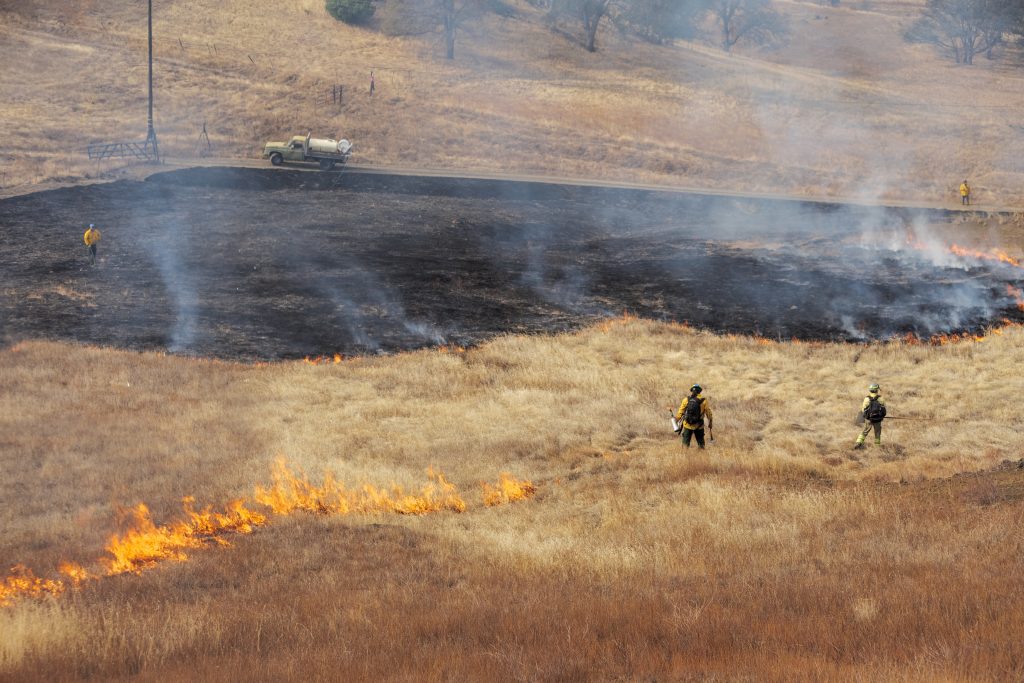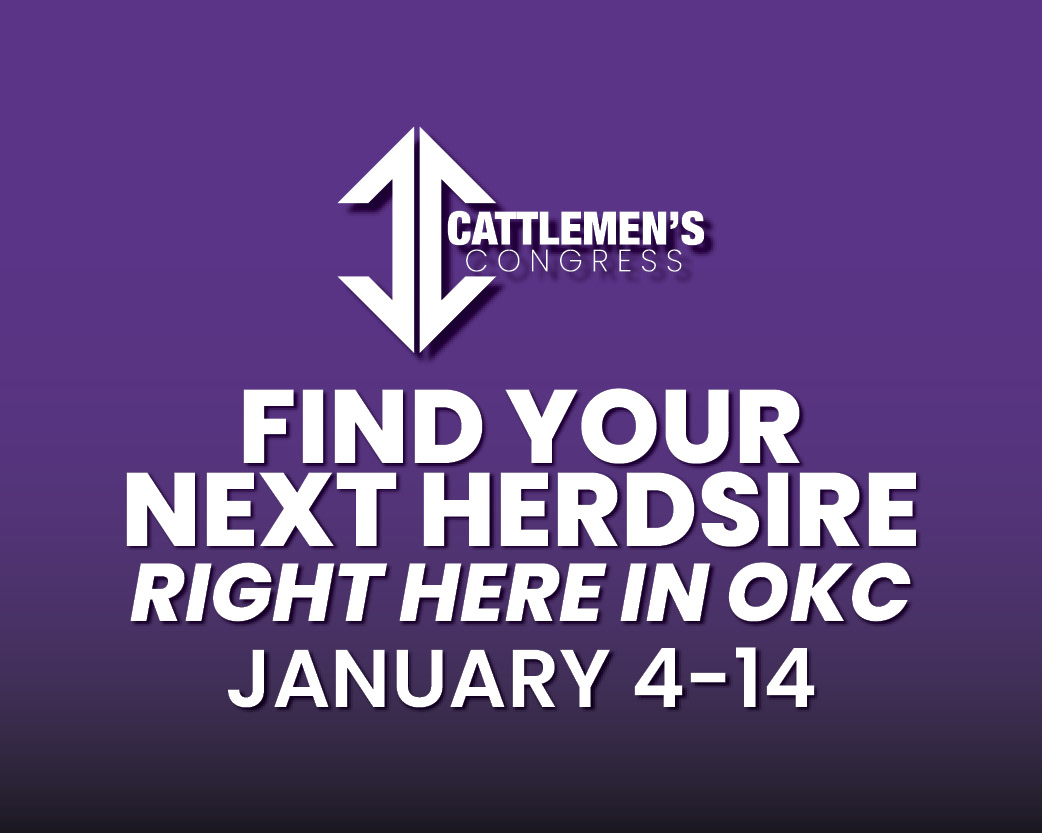
Recent fire dangers across Oklahoma have sparked confusion and misinformation about prescribed burns, leading experts to clarify the critical differences between controlled burns and wildfires. Trey Lam of Oklahoma Conservation and John Weir, an OSU extension specialist, addressed these concerns with Farm Director KC Sheperd, emphasizing the importance of responsible land management.
Distinguishing Prescribed Burns from Uncontrolled Fires:
Trey Lam began by defining the terms. “If you say a controlled burn is someone burning a trash barrel or a brush pile, or if you have a single person who goes out there and says, well, I think I’ll burn my pasture off, and they’re by themselves, that’s not a controlled burn,” he explained.
He contrasted this with prescribed burns, which involve meticulous planning and execution. “A prescribed burn, has a burn plan written by a professional who’s trained and certified as a prescribed burn planner,” Lam stated. “They look at several different things… weather, wind, humidity, temperature… they look at the fuel load… fire breaks… back burns… and they will also have a group of people… enough laborer there and enough equipment.”
Lam stressed the importance of weather awareness. “When they get out there that day, you know how fickle the Oklahoma weather can be. If the weather’s not right, they don’t light the fire,” he said.
Landowner Responsibility and Fire Prevention:
Lam also offered advice on preparing land for fire danger. “You sure want to keep your grass mowed close around your house, maybe even a little bit up outside your yard fence,” he suggested. “You don’t want to have your firewood stacked up next to the house. You don’t wanna have trash or cardboard or that kind of thing.” He recommended using fire-resistant building materials and creating green firebreaks with cover crops.
The Scale of Prescribed Burns and Wildfire Reality:
John Weir provided a broader perspective on burning practices in Oklahoma. “Landowners in Oklahoma burn anywhere from one and a half to 2 million acres a year every year in this state,” he revealed. “Do you hear about that? No. Does it make the news? No.”
He contrasted this with wildfire acreage. “In the last 10 years about 200,000 acres in the state is what the average is,” Weir stated. “So wildfires burn a 10th of what landowners intentionally burn every year. But we don’t hear about that. All we hear about is a wildfire.”
Weir emphasized the planning involved in prescribed burns. “The majority of them have a written fire plan that they develop or have somebody help them develop if they’re not real familiar with it, have adequate equipment,” he said. “The difference between a prescribed burn and a controlled burn is a prescribed burn is on a specific piece of land under specific conditions for goals and objectives.”
Weather Monitoring and Burn Bans:
Weir stressed the importance of weather monitoring. “They’re constantly watching the weather, they’re seeing what it is,” he said. “They’re picking the right day for them, not only to help control and contain that fire, but also to manage their smoke.”
He also addressed the effectiveness of burn bans. “Burn bands are only as good as what’s going on,” Weir argued. “To me, burn bands are like gun control. They don’t help, they don’t stop anything. And all they do is limit the people that are good and honest in trying to get something done with doing it.”
Resources for Prescribed Burn Information:
Weir provided resources for those seeking information on prescribed burns. “We got a lot of great information from OSU that we put out,” he said. “Go to our website, OSU extension and search through our fact sheets. We also have an online, prescribed fire course.” He also suggested contacting local conservation districts, the Natural Resource Conservation Service, and other organizations.
Both agreed that now is the time to be award of the high fire danger across the state, and make sure all precautions are taken when burning. More resources are available here:


















